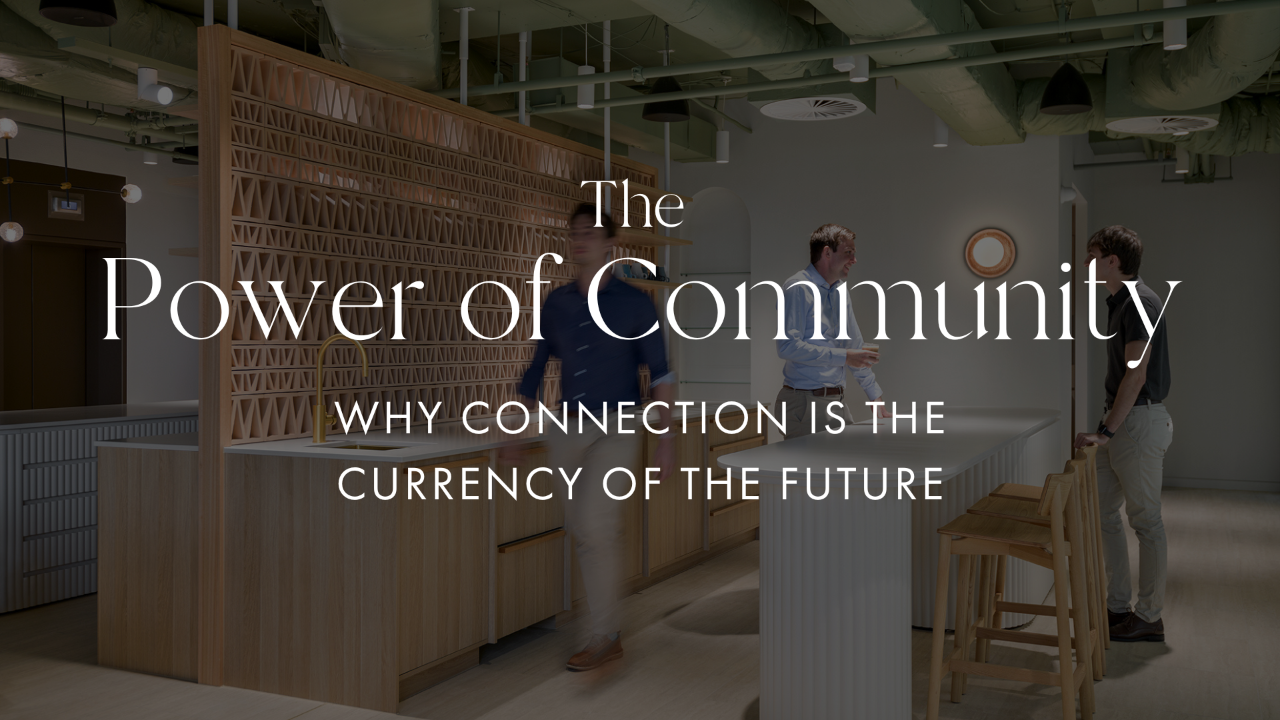The Power of Community: Why Connection is the Currency of the Future

I’ve been intrigued with the power of community since I was a child, on reflection. Having grown up in a small country town, I think I have always been acutely aware of the feeling that you have when you know your neighbours and the people you greet as you walk down the street. It’s a feeling that I have continued to seek out in my adult life, a desire for my own village.
This interest was sparked again in 2017 when I travelled to Malawi with The Hunger Project. After immersing ourselves in the work they were doing to empower villages out of poverty, it was evident that despite how little many of these communities had, there was an undeniably strong sense of community that existed. A joy, a sense of oneness.
Inspired by this sense of community, I returned home, adopting this premise in my own business, rebranding to COMUNiTI and establishing our foundational purpose of “fostering the creation of communities where people feel connected”.
7 years on and my sense of what it truly ...
Designing a Neuroinclusive Workplace

The conversation around workplace inclusivity has gained momentum in recent years, yet one critical area often leaves leadership uncertain on how to progress forward—neurodiversity. With an estimated 20% of the workforce identifying as neurodivergent, businesses have a unique opportunity to create environments that not only support these employees but also unlock greater innovation, engagement, and productivity across the board.
What is Neurodiversity?
Neurodiversity refers to the natural variation in human brain function, encompassing conditions such as ADHD, autism, dyslexia, and more. Just as biodiversity strengthens ecosystems, neurodiversity enriches workplaces by bringing diverse perspectives, problem-solving abilities, and creativity. However, traditional office setups often fail to accommodate different cognitive needs, leading to unnecessary stress and reduced performance for neurodivergent employees.
The Business Case for Designing Inclusive Workplaces
Supporting n...
The Future of Work is a partnership of People, Culture & Place

A new approach to workplaces
For decades, organisations have viewed the functions of People & Culture and Property as separate entities.
The former focused on workforce engagement, talent strategies, and leadership development, while the latter managed physical workspaces as financial assets, often sitting under Finance or Operations.
But what if the future of work calls for a fundamental shift — one where workplaces are no longer just ‘assets’ to optimise, but strategic tools designed to enhance human potential?
At LEGO, they’ve already embraced this shift. Their workplace function now reports into their Chief People Officer, rather than Operations or Finance. Why? Because as workplace leaders at LEGO explain, when you see real estate as an asset, you focus on optimising the space itself. But under People & Culture, the goal shifts from optimising an asset based on cost and efficiency, to maximising people’s performance potential.
This subtle change is reframing how organisa...

